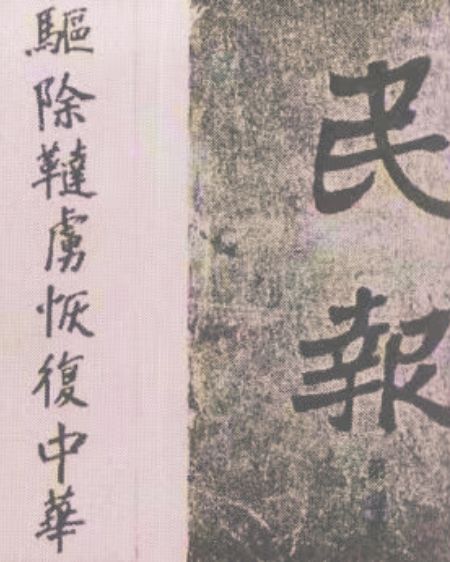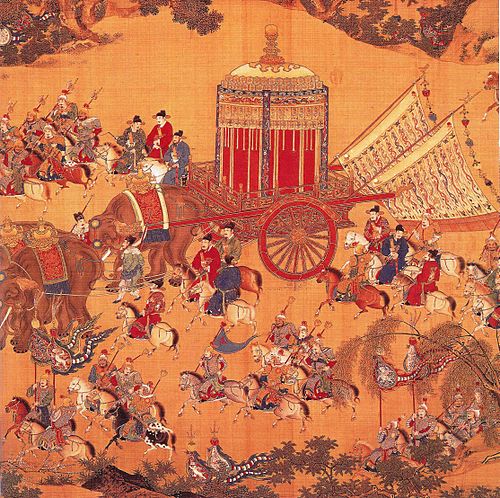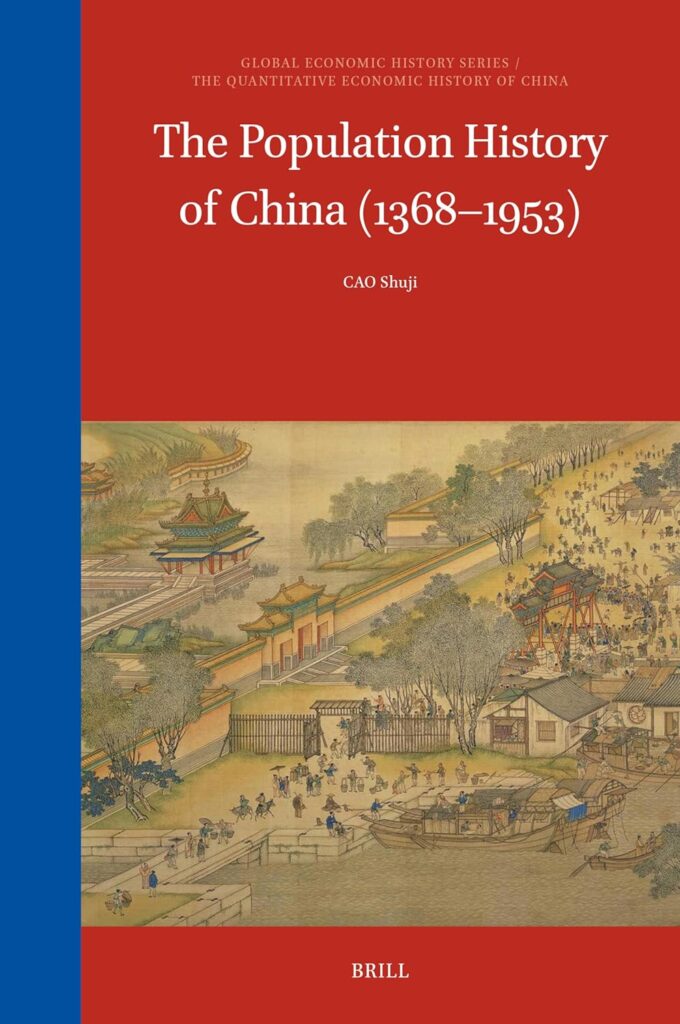Led by Professor Debin Ma, the State Capacity, Institutions, and Development Research Cluster quantifies state capacity in historical China, examining its evolution, regional variations, and impact on social and economic outcomes.
State capacity describes the ability of a state to collect taxes, enforce law and order, secure property rights and provide other public goods (Besley & Persson, 2011). Over the last few centuries, the world has witnessed an unprecedented increase in wealth as well as a remarkable transformation in the scope and scale of the state. The richest countries are characterised by long-lasting, centralised political institutions, whereas poverty is widespread in countries that are internally fragmented and lack a history of centralised governance. It is important to quantify state capacity in historical China, understand how it evolved over time and differed across regions and investigate how state capacity affected social and economic outcomes. The State Capacity, Institutions and Development Research Cluster investigates these and other questions quantitatively, as this is one of the most important pieces of the China puzzle.
We examine the long-term pattern of state formation and the mythical historical Chinese unity under one single political regime based on the compilation of a large geocoded annual data series of political regimes and incidences of warfare between 221 BC and 1911 AD. Guided by a carefully constructed historical framework and narrative, we classify our data sets into two types of regimes – agrarian and nomadic – and three types of warfare– agrarian/nomadic, agrarian/agrarian and internal rebellions – and applying an Autoregressive Distributed Lag (ARDL) model, we find that nomadic-agrarian warfare and internal rebellion strengthens unification but agrarian/agrarian warfare entrenches fragmentation. Our paper offers a comprehensive analysis on both the historical processes and driving force leading to China’s eventual unity in a comparative and global context.


We construct a continuous decadal GDP dataset for China spanning 220 BCE to 1949 CE. Over more than two millennia, China’s economic trajectory exhibits a millennial-scale inverted U-shape: GDP per capita (1990 international dollars) rose from 380 in 220 BCE to a peak of 1,430 in 1000 CE, then entered a period of fluctuating decline after the Northern Song, stabilizing at around 550 by the early twentieth century. Our empirical analysis indicates that China’s long-run economic growth followed a Malthusian pattern. The key difference between the first and second millennia lies in the emergence of severe land–population pressures during the latter, coupled with weak performance in human capital accumulation and technological progress. Chinese history demonstrates that long-term economic growth has been fundamentally knowledge-driven.


Political succession in authoritarian regimes is perilous. An under-explored aspect of this challenge is the conflict of interest between new leaders and the ruling coalition they inherit from their predecessor right after the transition of power. Using original data on minor emperors and regents, we show that female regents, who were culturally protected from political purges but also discouraged from seizing power, can mitigate the two-sided commitment problems and enhance political stability for the young emperor.


The impact of modern information technology on state capacity is relatively underresearched. This paper explores the introduction of the telegraph in the late 19th-century China, the purpose of which were mostly military, to quantify the impact of information technology on state’s capacity to obtain local information about natural disasters and to provide famine relief.


Nations are products of modernity, but they also have historical roots. In the conquest of China in the mid-17th century, the Manchu-led Qing government oppressed the Han Chinese, the native population of China. Two centuries later, when modern newspaper technology became available, revolutionary propagandists exploited these events, reframing the political repression as ethnic conflict to ignite nationalist fervor.


本文首先考證了明代河南漕糧交兌點在㆕個㆞點間的六次往返變換,並通過這種變換說明河南漕糧交兌這㆒經濟活動對小灘鎮和大名府的依賴。其次,本文通過對大名府軍屯數量以及軍屯兼併情況的考證,說明了大名府㆞方社會、政治空間的「犬牙相入」,並展現了被拋棄的腹㆞是如何通過軍屯參漕糧交兌和邊糧供給這兩大經濟活動㆗。最後,通過大部分河南漕糧的對撥目的㆞由薊州鎮變為通、太㆓倉這㆒歷史進程,亦能㆒窺實物型財政亦或洪武型財政的逐漸崩壞。


This paper examines the transition from limited to open-access societies, focusing on early and high-Tang China (618–906). Using a dataset of 1,261 marriages from 618 to 755, we find that Empress Wu’s rise to power in 674—the first and only female emperor in Chinese history—positively impacted upward mobility. After 674, men from common and poor clans were more likely to marry into elite clans. This increase in inter-class marriages was primarily driven by Empress Wu’s expansion of national civil examinations, which strengthened her legitimacy and created new opportunities for social advancement.


This study exploits a special historical case-openings of treaty ports in 19th-century China to examine how upper-tail human capital, quantified via book creation, impacted modernization when facing external pressures. Employing a prefecture-level panel dataset from 1840 to 1904, the study establishes book density, indicative of knowledge endowment, as a significant and positive predictor of modern firm entry following the opening of treaty ports. To understand the mechanism, a critical aspect lies in understanding the Civil Service Examination (keju), an indigenous institution that historically dominated talent accumulation and allocation in China. By integrating data with keju, we find that exposure to Western influence mobilized the segment of upper-tail human capital at the bottom or outside of the keju system into entrepreneurship. This paper illustrates the dynamics between indigenous institutions and external pressures.


From 1368 to 1953, China’s administrative divisions were mainly composed of counties, prefectures, and provinces. This book shows the population figures, density, and changes in the provincial population in China during this period and population figures of each major city and town and its proportion in terms of the provincial population during this period―the urbanization rate. Data in this book is drawn partly from historical sources and partly from statistical-model-based calculations. The book also includes provincial population maps in 1393, and their original statistical models, population databases, and metadata.
本書是一本關於明清時期中國人口制度及中國人口數量變化的著作。本書給出了 1393、1580、1630、1680、1776、1850、1880、1910 和 1953 等 9 個年份的中國分府人口,以及 1393、1580、1776和 1910等 4個年份的分府城市人口。本書對於明清之際的人口死亡,以及清代後期因戰爭、旱災與流行病造成的人口死亡,均以府為單位,給予了詳細的描述並給出盡可能完整的統計數據。
The work described in this paper was partially supported by a grant from the Research Grants Council of the Hong Kong Special Administrative Region, China (Project Reference Number: AoE/B-704/22-R).


- 1
- 2



